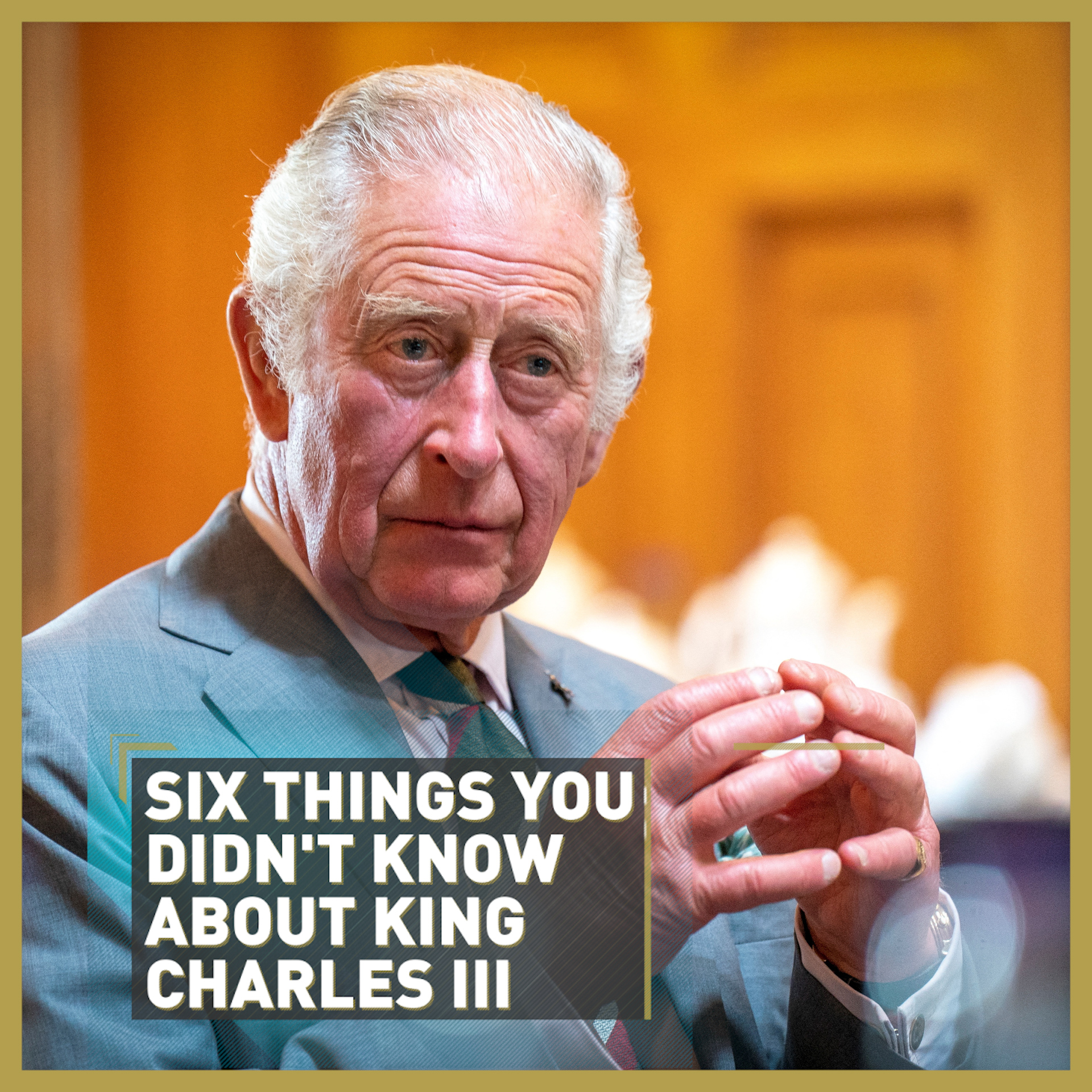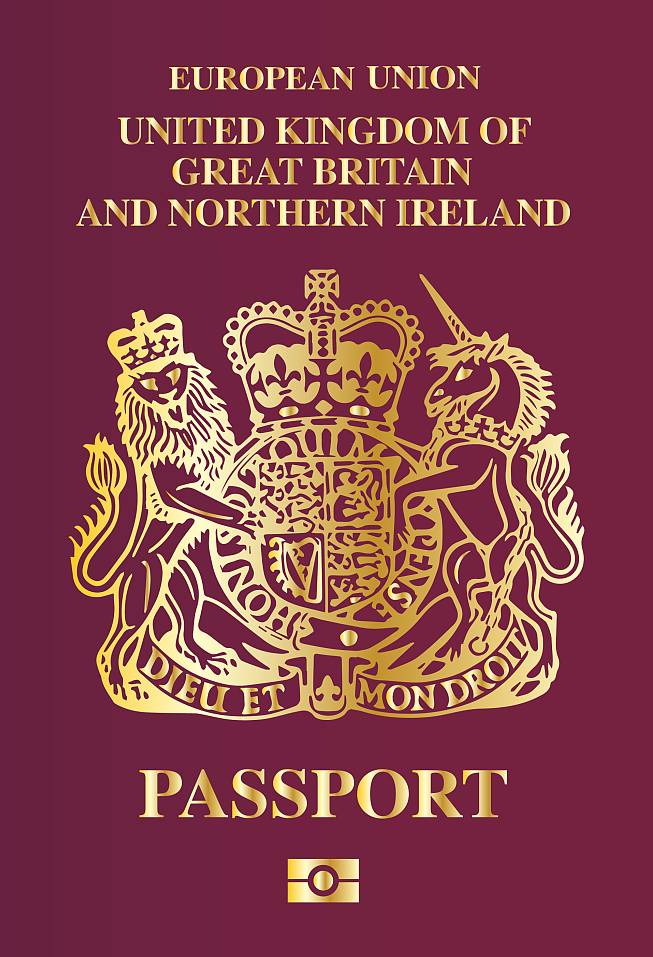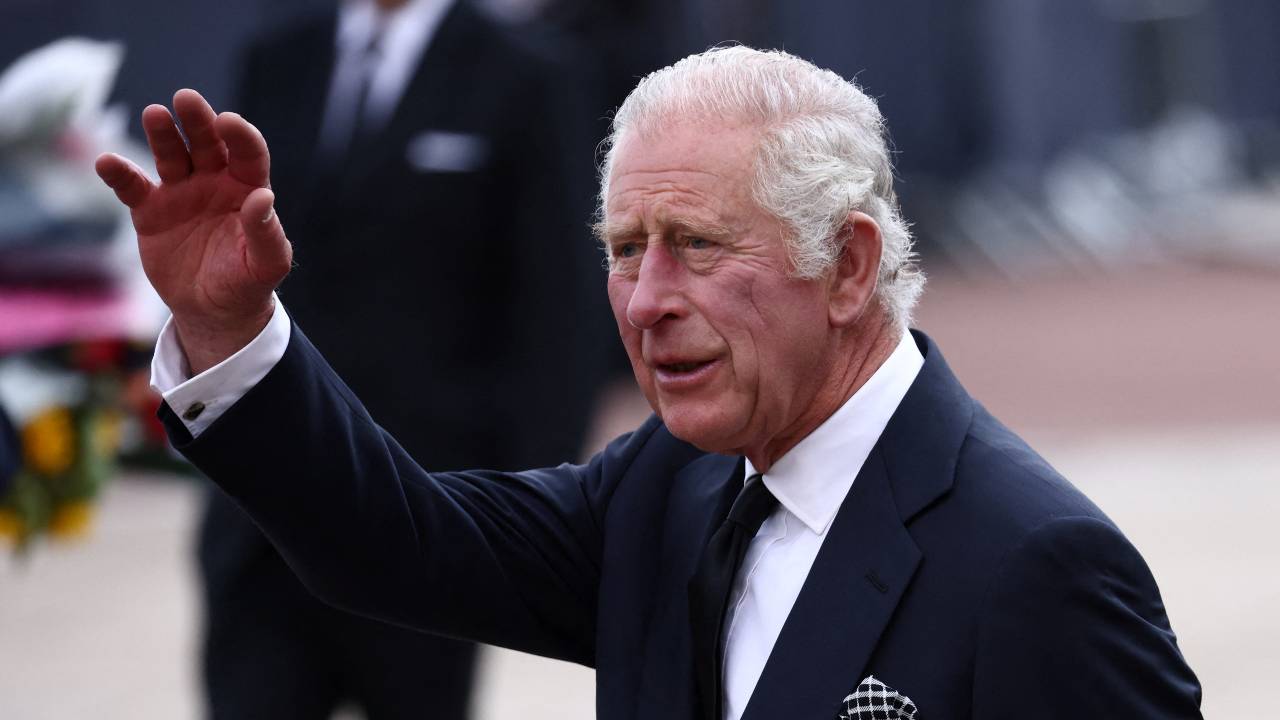Error loading player: No playable sources found
00:41

The ascension of King Charles III to the UK throne doesn't just mean the country's first change of monarch after 70 years, the longest reign in its history.
It also heralds a transformative rebranding exercise by the Royal household and the alteration of many of the UK's daily objects, from its money to its passports.
Money
Arguably the most disruptive and costly change will be the bank notes and coins used by British subjects – living under a monarchy, Britons are considered subjects, not citizens.
Before the Royal Mint, in the Welsh town of Llantrisant, begins its mammoth task of printing and minting, new designs will have to be approved by the UK finance minister (currently Kwasi Kwarteng) and the king himself, having been presented by the Royal Mint Advisory Committee.
New coins will feature Charles facing to the left, the opposite profile of his mother Elizabeth II. From the 17th Century onwards, the Mint has alternated the way successive monarchs face.
The good news for the Royal Mint is that the work does not have to be done immediately. Elizabeth's coins did not appear until a year into her reign, and currency featuring her will only gradually be phased out. New military medals featuring the Queen's effigy will also need to be replaced.
READ MORE
The life and times of Queen Elizabeth II
UK monarchy: What happens next?
Cyphers
A new Royal Cypher, the monogram embossed on royal and state documents, will be required. ER II (Elizabeth Regina II) will give way to CR III: Charles Rex III.
It might not just be the letters and numbers that change. The ER II cypher uses a variant of the St Edward's crown, like earlier English queens. Kings traditionally use the more rounded Tudor crown, and the indications are that Charles will follow this custom.
ER II appears on items such as police helmets and postboxes but, contrary to suggestion, existing versions will not need to be physically substituted with the CR III cypher. In fact, many postboxes featuring cypher of the Queen's father – GR for King George VI – are still in use.
Stamps
Although electronic mail has replaced most physical post, the sight of Charles' profile on UK stamps for the first time will be a significant change – and not just because his profile will, again, face in the opposite direction to his mother's.
The stamp profile will represent a longer-term change than money. Unlike on UK banknotes, where Elizabeth's image changed four times over the years, the same portrait of the Queen has been used on stamps since 1967.
It will also be a more sudden change, as owners of current postage stamps have just four months to use them, due to an unrelated event.
According to the Royal Mail: "Following the passing of HM Queen Elizabeth II, Royal Mail has confirmed that stamps bearing the image of Her Majesty Queen Elizabeth II remain valid for use. As previously announced, following the introduction of barcodes to everyday stamps, these stamps remain valid until the end of January 2023."

This Edinburgh postbox will not need replacing. /Dickelbers
This Edinburgh postbox will not need replacing. /Dickelbers
Flags
The Royal Standard flag, which represents the Sovereign and the United Kingdom, is flown at royal residences when they are physically present. This will remain the case. However, the Queen's own personal flag, a gold E with the royal crown surrounded by a chaplet of roses on a blue background, will be replaced by Charles's own personal flag.
The royal coat of arms will remain the same, although new artwork will probably be issued early in Charles's reign for use by public service bodies, such as the civil service.
Meanwhile, the near-700 businesses to whom the Queen granted a royal warrant – from Abbey England leather goods to Zone Creations acrylic furniture – immediately lose their status and have two years to remove the royal arms from their goods, unless they are again granted a warrant by a royal.
Passports
Existing UK passports will remain valid, but in future they will be issued in Charles's name. Her Majesty's Passport Office will be renamed His Majesty's Passport Office. Similarly the Armed Forces and Prison Service will be renamed with the same prefix.

The insignia on the UK passport will also change. /amiestead/VectorStock
The insignia on the UK passport will also change. /amiestead/VectorStock
The law
In the UK, barristers and solicitors appointed by Elizabeth as part of Her Majesty's Counsel have been referred to as Queen's Counsel (QC). This title will automatically switch to King's Counsel (KC), although it might prove a boon to stationery and business card printers.
In criminal cases, R will now stand for 'Rex' rather than 'Regina' – the Latin terms for king and queen respectively.
And in the place that makes the laws – Parliament – MPs will not be allowed to sit in the Commons (lower house) until they swear an updated oath to "his majesty."

The first public appearance of King Charles III. /Henry Nicholls/Reuters
The first public appearance of King Charles III. /Henry Nicholls/Reuters
Royal anthem
Arguably the easiest change, and one that takes place with immediate effect, is the UK's national anthem. God Save The Queen will revert to its former title God Save The King, with all gender-specific words such as 'her' replaced.
Royal signature
And finally, as well as coming to terms with the dual lifechanging events of losing his mother and becoming a king, Charles himself will have many new things to deal with. One tiny but significant change will happen every time he uses his signature.
From now he will sign not as 'Charles' but 'Charles R' – the R again standing for Rex. As the UK adjusts to its first change of monarch in 70 years, there will plenty of change for everyone to get used to.